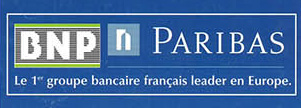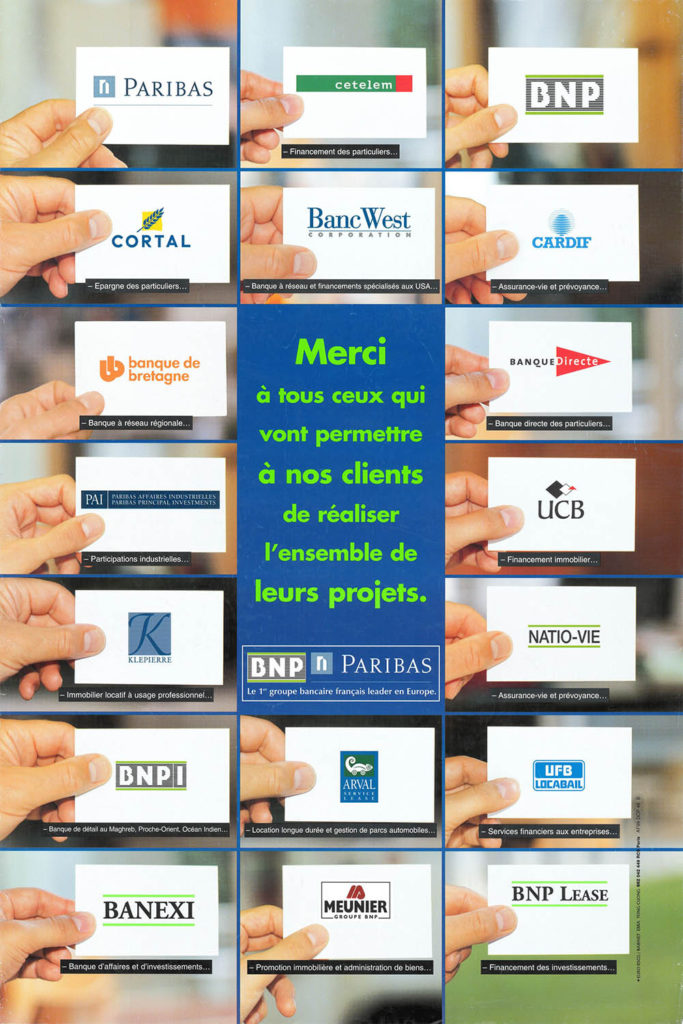23 May 2000: the BNP Paribas Group is born (episode 2) 2000

BNP Paribas historical archives
With a view to creating a banking group on a European scale, the BNP began a stock market battle on 6 March 1999 that ended with the takeover of Paribas.
The creation of the BNP Paribas Group
6 days, 6 weeks, 6 months
As soon as the results of the offers was known at the end of August 1999, it was a question of merging the two banks, BNP and Paribas, with a different history and very dissimilar cultures. While maintaining the two names showed respect for their traditions anchored in 150 years of history, the idea was to present to employees a new project carried by values and objectives different from those which had driven the two banks until then.
All efforts were made to ensure a successful integration within a very short timeframe. It took six days to set up a new executive committee which included, based on a principle of equity, an equivalent number of BNP and Paribas managers. It then took six weeks to form working groups on the merger, and finally six months to implement the new organisation. On 23 May 2000, BNP’s General Meeting ratified the merger. With this decision, BNP Paribas became the third-largest European bank by equity and net income.
A new logo (“taking flight”) was unveiled at Roland-Garros in May 2000 to symbolise this new European project.


An integrated and balanced Group
Although the European vision that guided BNP in the 1990s had not fundamentally changed, the new BNP Paribas Group in 2000 had a structure that was quite different from that of its separate components. It was based on four main areas:
- French retail banking (the BNP network),
- international retail banking (including Californian subsidiary BancWest),
- corporate and investment banking (companies, markets, international banking), supported by the complementary nature of the businesses contributed by BNP (Europe, Asia) and Paribas (USA, London),
- specialised financial services (asset management, insurance, leasing, consumer credit, etc.), greatly strengthened by the contribution of companies from the former Compagnie Bancaire that had been integrated into Paribas (Cetelem, Cardif, Cortal, UFB, Arval, etc.).

The resulting whole made it possible to build a diversified, balanced and integrated model which was to guarantee both profitability and resilience. Building on the experience of this successful merger, BNP Paribas was able to integrate Turkish bank TEB in 2005, Italian bank BNL, the bank for Italian cinema for over 80 years in 2006 and Belgian bank Fortis in 2009. The resilience of the model allowed the Group to get through the 2007–2009 crisis without a deficit.
Between 1999 and 2019 the number of Group employees worldwide went from 77,000 to 198,000, and net income from €3.26 billion to €8.17 billion. The Group also moved forward with its digital transformation, starting a powerful and inexorable evolution towards a model with a positive environmental and social impact.
Read also
Partager cette page






